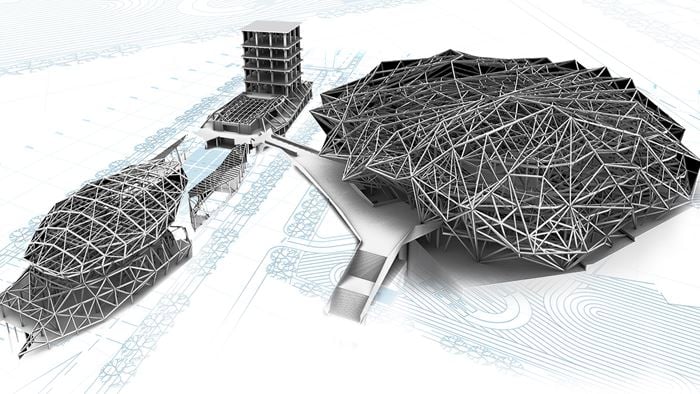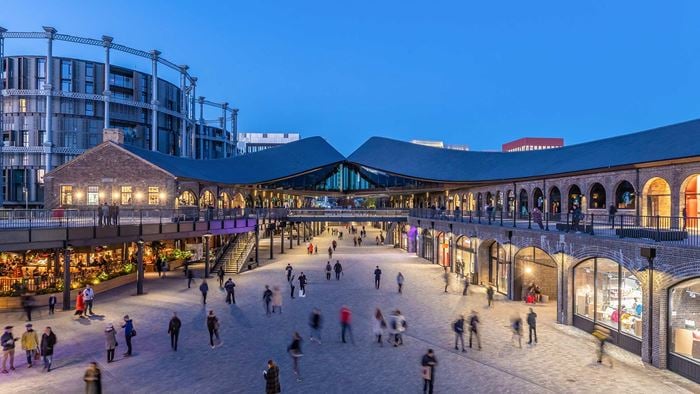ICT is recognised as being a key player against climate change: smart meters, big data, and actuators can efficiently control the energy supply networks (smart thermal and electricity grids).
A District Information Model and Management system for Energy Reduction (DIMMER) was developed by Arup to present real-time energy consumption and production (electricity, heating, cooling), analytics, and visualisation on a web-based interface incorporating 3D models and interactive client applications.
The objective of DIMMER was to make district energy production and consumption information available using a natural, visual, web-service oriented interface to increase energy efficiency, load balancing, and energy market flexibility. The results from research undertaken by Arup enhanced 3D modelling, visualisation, and user interaction technologies by enabling user profiling and feedback to promote energy efficient behaviours.
The DIMMER project focused on unlocking the potential of smart technologies. Integration of heterogeneous monitoring systems exploiting middleware technologies was an important aspect of the DIMMER project. Virtual models of districts were created, based on BIM, to enable simulation and interactive visualisation of energy flows.
The project was validated through case studies in Turin and Manchester. Building user feedback information was correlated with opportunities for energy optimisation. Analysis was performed to enable personalised energy tariff plans and their evaluation on the basis of profiled use of energy. A set of client applications were developed for three types of users: energy suppliers, public administrators, and energy and building managers.
Project Impact
The DIMMER project provided many benefits for our client and has impacted on European research. It allowed Facilities Managers to access building information by means of 3D models to enhance building automation and control, in order to enable energy savings.
The project also informed users by making them aware of the importance of their energy-related actions. Variable/personalised energy tariffs were supported and promoted through the project, as well as utility load balancing and optimisation of energy efficiency measures. The DIMMER project provided a system for verifying energy saving potential and cost-effectiveness of novel demand-side technologies.
 ;
;



